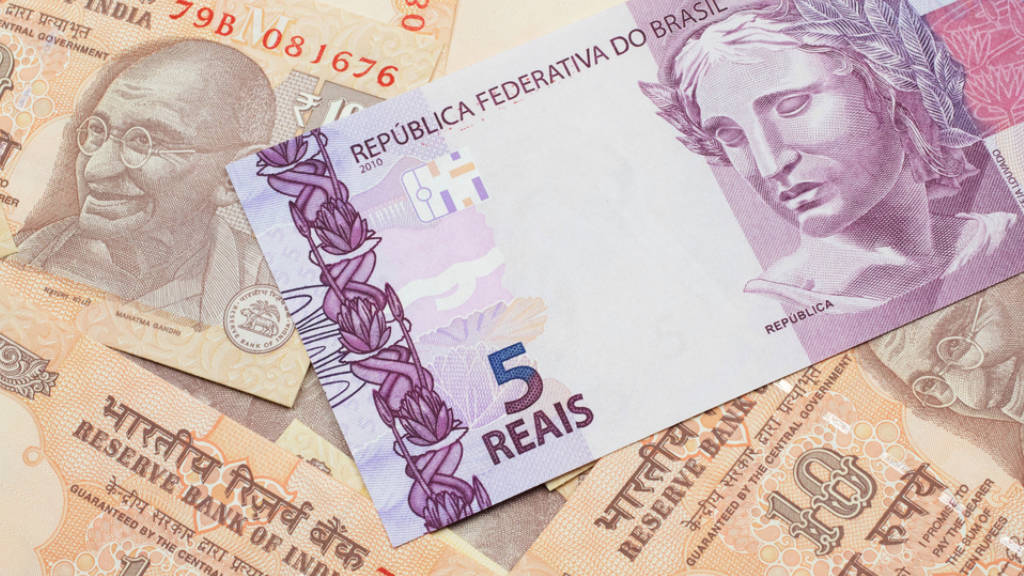Russia’s Pivot to Asia has been discussing the use of different currencies in different ways since the United States threatened Chinese banks with sanctions. In addition to that issue, Russia also has problems balancing trade with India, which has skyrocketed with Delhi’s increasing purchases of Russia energy. However, bilateral trade isn’t that mature yet and Russia’s purchasing of Indian goods isn’t as strong. This has resulted in an imbalance in trade with Russia accumulating more Indian rupees than it can manage to disperse.
One new idea, proposed by Dr. Ajay Sahay, an executive director of the Federation of Indian Export Organizations (FIEO) established by India’s Ministry of Commerce and Industry, is that “An idea is a scheme that helps India’s exports and also helps Russia utilize accumulated rupees. It is a win-win option for both sides.” He noted that Indian banks hold billions of rupees belonging to Russian exporters, not mentioning the exact amount. (It is believed to be the equivalent of about US$55 billion – RPA) The FIEO head said that trade with Russia in Indian rupees still continues, with ruble-rupee trade continuing, but in relatively small amounts.
Russia-India trade turnover reached US$65 billion in 2023, with Russia retaining its position as India’s fourth leading trading partner. But this growth has brought along with it the trade imbalance currency problem. In addition to Indian rupees, Moscow and New Delhi conduct most trade settlements in UAE dirhams, Chinese yuan, and US dollars.
The general concept to help resolve this issue is as follows:
A Russian company agrees with a Brazilian (or other large buyer of Indian products) company to buy rice shipped directly from India. The Russian company will receive directly from the Brazilian company whatever currency they have agreed between themselves. The Russian company then transfers to the Indian rice supplier the agreed sales price in rupees that the Russian company already has on its account in India.
This third party route is a bit convoluted, but it is a potential beginning to balancing the trade scales between Russia and India, and permitting an unrestricted freer flow of goods and services where they are needed while skirting the over-regulated US dollar. This, and similar actions across the global trade horizon are all building towards some future form of a BRICS currency solution independent of unidirectional political restraints. It is essentially a form of currency bartering and hedging against the USD. The next step is working out the institutionalisation of this – an issue no doubt that the BRICS Central Banks would be looking at implementing as regards forex rates, transactional insurance and transfer systems.





